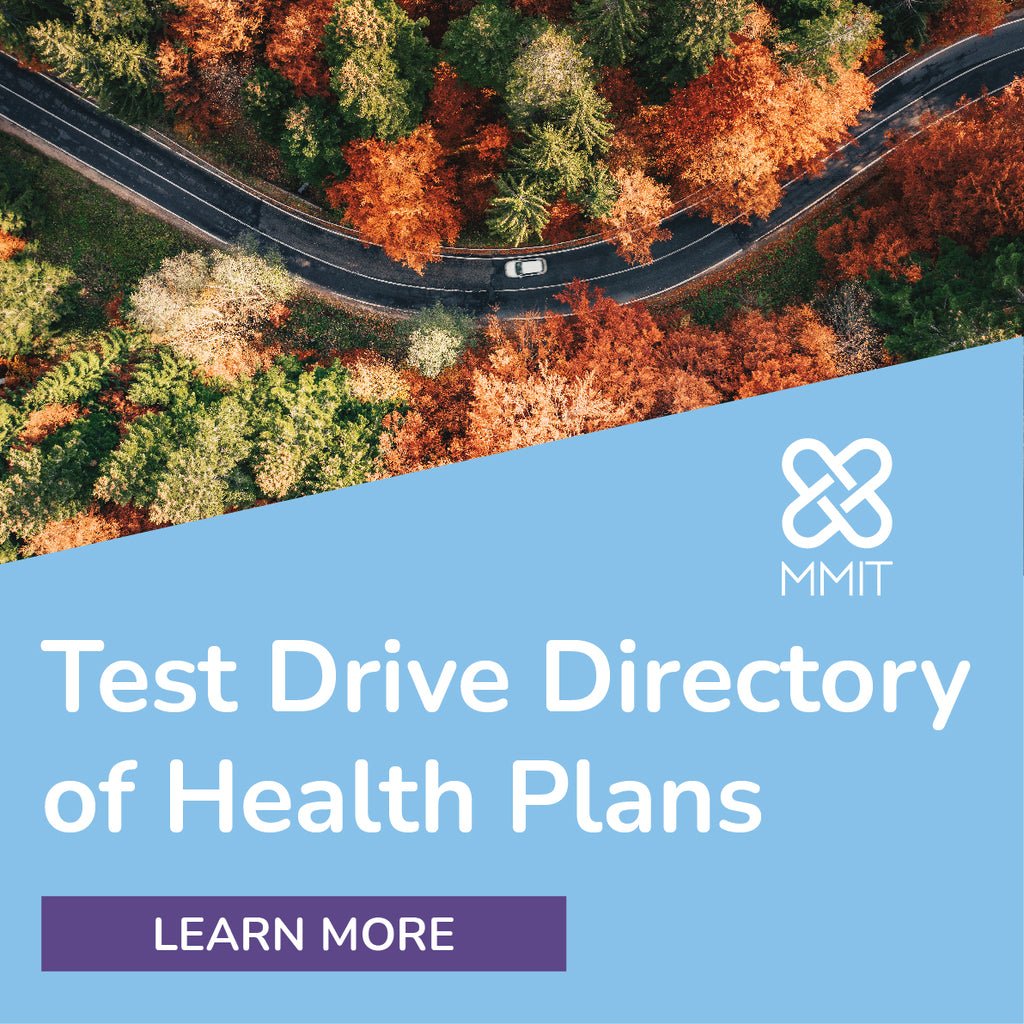Radar on Medicare Advantage
-
News Briefs: SCAN Group Gains Full Ownership of PACE Provider myPlace Health
SCAN Group on May 13 said it had acquired full ownership of myPlace Health, a Program of All-Inclusive Care for the Elderly (PACE) that it helped establish in 2021. “By fully bringing myPlace Health into SCAN’s family of companies, we’re asserting our belief that PACE is one of the most effective models for delivering holistic, comprehensive care to older adults with the most complex healthcare needs,” said Sachin Jain, M.D., president and CEO of SCAN Group, which also operates the not-for-profit Medicare Advantage insurer SCAN Health Plan. Launched in collaboration with SCAN Group and Commonwealth Care Alliance, which was acquired by CareSource, myPlace opened its first PACE center in downtown Los Angeles in 2024 and is scheduled to open a second location this summer in south Los Angeles, according to a press release. It is designed to provide comprehensive coordinated care to older adults who are eligible for both Medicare and Medicaid, or only Medicaid, explained SCAN.

-
As MCOs Suppress Signups, Should Medicare Advantage Try Multiyear Enrollment?
When asked during his Senate confirmation hearing to name the biggest abuses in private insurance, CMS Administrator Mehmet Oz, M.D., promptly answered “Medicare Advantage sales” and criticized brokers for their role in “churning policies.” As an alternative, he suggested offering “multiyear programs for seniors because that would save some of the money that the brokers are taking out of the middle.” While the idea of multiyear plans comes with considerations around bids, risk adjustment, provider networks and other plan aspects, industry experts say it could bring value to the program and be tested first as a demonstration.
The concept of multiyear enrollment in MA is not new. Former Utah Governor and HHS Secretary Mike Leavitt championed the concept in a 2019 white paper published by consulting firm Leavitt Partners. That paper floated the concept of setting up an MA demonstration in which insurers offered multiyear products to certain high-cost beneficiaries to assess whether “upfront investments” would be recovered over a multiyear period because they produced better care management and outcomes. Leavitt and his co-authors suggested a period of at least three years, with appropriate beneficiary protections in place. Leavitt at the time told AIS Health, a division of MMIT, that such a model would promote greater risk sharing and value-based contracting.

-
Rocky Rollout Spells Trouble for Medicare Prescription Payment Plan
In the first two months of the new Medicare Prescription Payment Plan, a mere 0.4% of Medicare Part D beneficiaries have elected to participate in what the industry commonly refers to as the M3P. That’s lower than what many stakeholders projected for the program’s first year and far below CMS’s expectations of 6% of the individual Part D population, according to a recent analysis from Milliman Medicare Market Intelligence (MedIntel).
It’s unclear if enrollment will increase as the program continues to roll out, but early invoicing data suggests that members are slow to pay, which could discourage future efforts to boost enrollment.

-
Dementia Care Demands Spark Concern Amid Surge in Family Caregiving
The number of family caregivers assisting older adults in the U.S. has surged from 18 million to 24 million over the past decade, according to a recent study published in Health Affairs. That number will only continue to rise as baby boomers age and Medicare Advantage insurers promote strategies for aging in place, but researchers were surprised to find that the unpaid caregiving experience did not become markedly worse between 2011 and 2022 — at least for most caregivers.
“Our results show remarkable stability in caregiving experiences, even as the number of caregivers has increased significantly,” Jennifer L. Wolff, Ph.D., director of the Roger and Flo Lipitz Center to Advance Policy in Aging and Disability at the Johns Hopkins Bloomberg School of Public Health and the study’s lead author, said in a press release. “This runs counter to the policy narrative that emphasizes dire concern about the effects of increasing demands being placed on family caregivers. However, we must address the specific challenges faced by subgroups, particularly those caring for individuals with dementia.”

-
Caregiver Support Firms Focus on Linchpin of Medicare Advantage Enrollees’ Care
Whether it’s a spouse, adult child or even a caring friend or neighbor, there’s often a caregiver assisting Medicare beneficiaries with some aspect of their health care. A recent Health Affairs study suggests there are 24 million family caregivers assisting older adults in the U.S. As Medicare Advantage has expanded to include more non-medical services in the plan benefit package, companies providing caregiver support in other markets such as Medicaid and employer-sponsored insurance are eyeing MA as an ideal extension of their services.
The CEOs of two such firms — Careforth and Cleo — tell AIS Health, a division of MMIT, that the caregiver is often operating behind the scenes but can play a very pivotal role in everything from improving member experience to closing gaps in care, all of which can impact the health plan’s Star Ratings.












